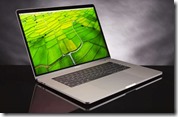Submitted by David Cardinal on Thu, 03/08/2018 - 13:16
Every photographer wants to go lighter, and almost all of us have a smartphone with us all the time. So, as phone cameras continue to improve, it’s worth checking in once in a while to see what’s possible with a minimal amount of gear. I did that recently, working with a Google Pixel 2, Pixelbook, and filling in with my lightweight as needed. The most recent version of Lightroom Mobile was also a key component. I .
Submitted by David Cardinal on Thu, 03/01/2018 - 07:58
What I love most about drone panoramas is that they combine a unique way to show a location with being dead simple to shoot once you have a good workflow. Now that they are natively-supported by Facebook and purpose-built sites like Kuula.co, friends can get a sense of where you’ve been more easily than ever. There are a variety of approaches that will work, and I’ve outlined some of them, along with tips and my workflow in a .
Submitted by David Cardinal on Wed, 02/28/2018 - 08:15
While most people are perfectly happy letting their smartphone photos get backed up to Google Photos or iCloud, more serious photographers typically want to have more control than the free, automated, syncing, provides. This is especially true for those of us with large libraries of images and videos captured using standalone cameras that don’t automatically sync to the cloud. There is no shortage of public cloud services you can purchase, typically for about $100 per Terabyte per year. These include Adobe’s and Google’s Clouds, and Amazon Drive. Personally I like the deal I get with Amazon, as I can purchase 1TB of space, but my 10TB of photos don’t count towards that. However, it doesn’t have the photo-friendly editing and display tools of Google Photos or the Adobe Cloud. But what if you don’t want to trust your image library to someone else? You can set up your own, private, photo-sharing cloud fairly easily, especially if you have or are willing to purchase a Network Server (NAS). We’ve outlined some of the options in a .
Submitted by David Cardinal on Tue, 02/27/2018 - 12:21
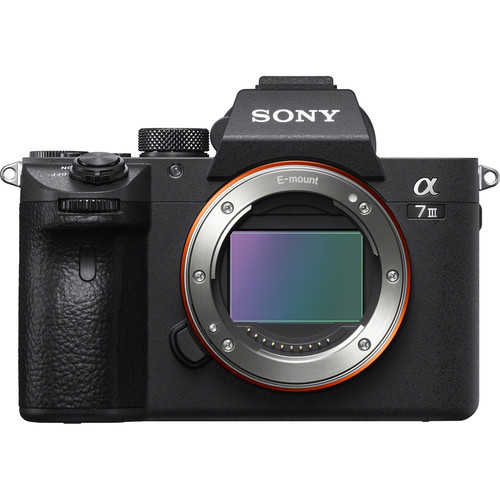 Sony’s latest full-frame mirrorless, the , continues to up the pressure on traditional DSLRs. Not only does it do everything you’d expect in an equivalent DSLR – fast AF, 4K video, 10 fps, 24MP, etc., but it does some things better. Access to the augmented information available on it Electronic Viewfinder, super-high-performance phase detect AF that works even when shooting video, and 5-way image stabilization. All in a 1.5 pound package. For action shooters who can find the right Sony-mount lenses to pair with it, the $2K price should be well worth it. ! For now I’m sticking with my as my primary camera, but if I didn’t have such a large collection of Nikon lenses, I’d be pretty close to making a switch.
Sony’s latest full-frame mirrorless, the , continues to up the pressure on traditional DSLRs. Not only does it do everything you’d expect in an equivalent DSLR – fast AF, 4K video, 10 fps, 24MP, etc., but it does some things better. Access to the augmented information available on it Electronic Viewfinder, super-high-performance phase detect AF that works even when shooting video, and 5-way image stabilization. All in a 1.5 pound package. For action shooters who can find the right Sony-mount lenses to pair with it, the $2K price should be well worth it. ! For now I’m sticking with my as my primary camera, but if I didn’t have such a large collection of Nikon lenses, I’d be pretty close to making a switch.
Submitted by David Cardinal on Mon, 02/12/2018 - 10:39
Whether you are learning to improve your drone flying to qualify for a commercial opportunity or simply to have more fun, it can be an expensive process involving trial, error, and crashes. It’s also hard to quantify your progress. Zephyr is an impressive drone simulation environment for the PC that lets you advance your flying skills from the comfort of your armchair. Using a controller that closely mimics the controller for your drone, you can fly through a wide variety of training lessons or just free fly in any of several nicely-crafted landscapes.
Submitted by David Cardinal on Thu, 02/08/2018 - 09:59
Industry camera benchmarking site DxOMark has published an interesting white paper chronicling the progress it has seen in 6 years of testing smartphone image quality. The progress in both hardware and software behind the improvement in results is fascinating and impressive. I’ve , along with charts from the paper and a link to the original.
Submitted by David Cardinal on Tue, 01/23/2018 - 14:32
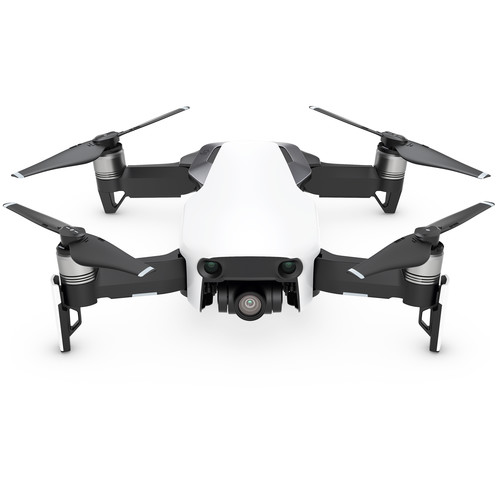 If you’ve been stalling on getting into the fun hobby of drone photography, DJI has come up with another reason not to. Its new Mavic Air combines some of the very best features of the amazingly-popular Mavic Pro with the diminutive Spark. I’ve written up our . For serious photographers, I think the Mavic Pro still offers some big advantages, like more flight time, faster lens, and possibly more support for advanced video modes like D-Log (although the Air might also support those). Most of the fancy photography features of the new Air will help you get started quickly, but won’t do much for those of us who already shoot RAW and use Litchi for our panoramas. The 32MP built-in panorama mode certainly isn’t a match for custom panos like the one below I built out of 46 RAW images using Photoshop and Hugin.
If you’ve been stalling on getting into the fun hobby of drone photography, DJI has come up with another reason not to. Its new Mavic Air combines some of the very best features of the amazingly-popular Mavic Pro with the diminutive Spark. I’ve written up our . For serious photographers, I think the Mavic Pro still offers some big advantages, like more flight time, faster lens, and possibly more support for advanced video modes like D-Log (although the Air might also support those). Most of the fancy photography features of the new Air will help you get started quickly, but won’t do much for those of us who already shoot RAW and use Litchi for our panoramas. The 32MP built-in panorama mode certainly isn’t a match for custom panos like the one below I built out of 46 RAW images using Photoshop and Hugin.
Submitted by David Cardinal on Mon, 10/30/2017 - 10:03
As a Windows user, I’ve only heard about MacPhun and their Luminar photo editor, but have never had a chance to use it. However, this fall I was able to start using their AuroraHDR product when they brought it to Windows, and have been very impressed. Now, the company (renamed Skylum) is bringing its flagship Luminar image editor to Windows, and it looks like it will be an exciting new entry in the desktop photo editing space. With a price point even less than Adobe Photoshop Elements, it provides a set of features that looks very similar to both Photoshop and the image editing portion of Lightroom. Mac users can try or purchase it now, by . Pre-orders for the Windows version will start on November 1st. I got a chance to use the beta and was very impressed by the interface and architecture. I’ll be doing a more complete review once the shipping version is available.
Submitted by David Cardinal on Fri, 06/16/2017 - 15:34
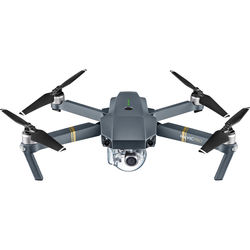 There is plenty of information on the web about drone photography, but I’ve learned from experience that it is spread far and wide, and it can be very time consuming to get the bits you need. It can also be expensive if you order the wrong drone or even worse crash your drone because you were missing a key piece of information (yep, done that). So we’ve put together a resource guide that provides at least one approachable path for you to get started, have fun, and develop the confidence to push yourself and your drones further. We’ll be adding to this guide on a regular basis, so please let us know what additional topics you’d like to see included!
There is plenty of information on the web about drone photography, but I’ve learned from experience that it is spread far and wide, and it can be very time consuming to get the bits you need. It can also be expensive if you order the wrong drone or even worse crash your drone because you were missing a key piece of information (yep, done that). So we’ve put together a resource guide that provides at least one approachable path for you to get started, have fun, and develop the confidence to push yourself and your drones further. We’ll be adding to this guide on a regular basis, so please let us know what additional topics you’d like to see included!
Submitted by David Cardinal on Wed, 06/14/2017 - 08:11
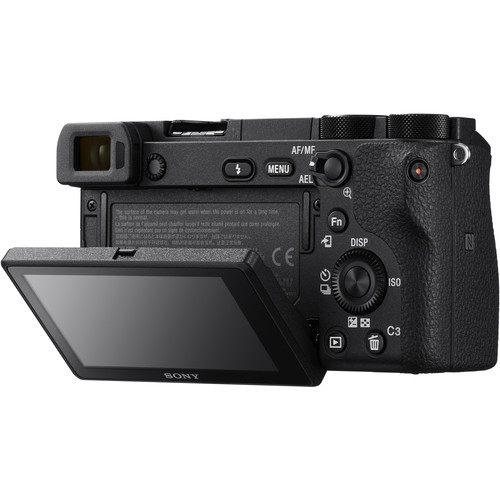 One after another Sony has been knocking down the barriers for those considering switching from full-size DSLRs to smaller, mirrorless, APS-C cameras. Better autofocus, high frame rates, and an increasing selection of lenses for its E-mount make the Sony a6000 family an excellent choice. Image quality is also highly competitive, as you’d expect from the company that makes sensors for much of the industry. One of the few remaining Achilles Heels has been its control and menu system, which have been hard to like. That was our biggest beef when we . With our recent field test of the newer we can confirm that Sony has made progress on the camera’s interface, but it is still more quirky than we’d like.
One after another Sony has been knocking down the barriers for those considering switching from full-size DSLRs to smaller, mirrorless, APS-C cameras. Better autofocus, high frame rates, and an increasing selection of lenses for its E-mount make the Sony a6000 family an excellent choice. Image quality is also highly competitive, as you’d expect from the company that makes sensors for much of the industry. One of the few remaining Achilles Heels has been its control and menu system, which have been hard to like. That was our biggest beef when we . With our recent field test of the newer we can confirm that Sony has made progress on the camera’s interface, but it is still more quirky than we’d like.
Submitted by David Cardinal on Tue, 05/30/2017 - 11:23
I’ve just updated my guide to some of the , so it is current with the latest models. Not a huge amount has changed since it was last updated 6 months ago, but more models now have Nvidia 10xx (instead of 9xx) GPUs, which is a sizable jump, and now many of them have 7th generation Core CPUs (Kaby Lake). There are also gains in performance, some decreases in size, and ports moving towards newer standards. One important development on the horizon is Nvidia’s new “Max-Q” laptop architecture, which will enable thinner models with discrete GPUs. Those should start showing up in the market by July. Their primary focus is gaming, but as always, gaming laptops can be ideal for image processing.
Pages

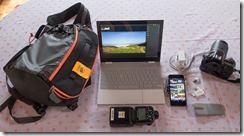
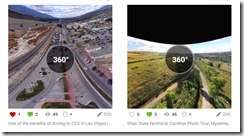
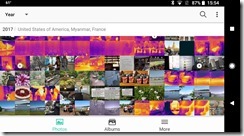
 Sony’s latest full-frame mirrorless, the
Sony’s latest full-frame mirrorless, the 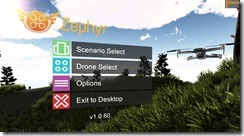
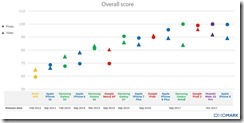
 If you’ve been stalling on getting into the fun hobby of drone photography, DJI has come up with another reason not to. Its new Mavic Air combines some of the very best features of the amazingly-popular Mavic Pro with the diminutive Spark. I’ve written up our
If you’ve been stalling on getting into the fun hobby of drone photography, DJI has come up with another reason not to. Its new Mavic Air combines some of the very best features of the amazingly-popular Mavic Pro with the diminutive Spark. I’ve written up our  There is plenty of information on the web about drone photography, but I’ve learned from experience that it is spread far and wide, and it can be very time consuming to get the bits you need. It can also be expensive if you order the wrong drone or even worse crash your drone because you were missing a key piece of information (yep, done that). So we’ve put together a resource guide that provides at least one approachable path for you to get started, have fun, and develop the confidence to push yourself and your drones further. We’ll be adding to this guide on a regular basis, so please let us know what additional topics you’d like to see included!
There is plenty of information on the web about drone photography, but I’ve learned from experience that it is spread far and wide, and it can be very time consuming to get the bits you need. It can also be expensive if you order the wrong drone or even worse crash your drone because you were missing a key piece of information (yep, done that). So we’ve put together a resource guide that provides at least one approachable path for you to get started, have fun, and develop the confidence to push yourself and your drones further. We’ll be adding to this guide on a regular basis, so please let us know what additional topics you’d like to see included! One after another Sony has been knocking down the barriers for those considering switching from full-size DSLRs to smaller, mirrorless, APS-C cameras. Better autofocus, high frame rates, and an increasing selection of lenses for its E-mount make the Sony a6000 family an excellent choice. Image quality is also highly competitive, as you’d expect from the company that makes sensors for much of the industry. One of the few remaining Achilles Heels has been its control and menu system, which have been hard to like. That was our biggest beef when we
One after another Sony has been knocking down the barriers for those considering switching from full-size DSLRs to smaller, mirrorless, APS-C cameras. Better autofocus, high frame rates, and an increasing selection of lenses for its E-mount make the Sony a6000 family an excellent choice. Image quality is also highly competitive, as you’d expect from the company that makes sensors for much of the industry. One of the few remaining Achilles Heels has been its control and menu system, which have been hard to like. That was our biggest beef when we 